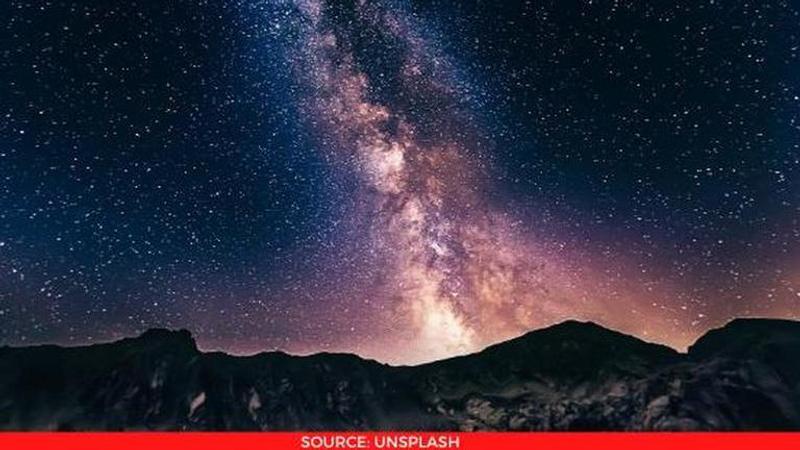Published 19:32 IST, December 1st 2020
Kraken Merger was the earliest collision of Milky way with another galaxy, Details inside
The latest research in the field of Space has revealed that the milky way galaxy was formed due to a collision with several nearby galaxies. Read more.

Advertisement
At this point we all know that the Milky Way contains more than 100 billion stars, but it didn't start out like this. A recent report in space.com has revealed that at least a dozen times over the last 12 billion years, the Milky Way has collided with a neighbouring galaxy. The collision has led to Milky Way devouring it and swallowing up that neighbouring galaxies’ stars, thus, mixing them into an ever-growing stew of pilfered suns.
Kraken Merger: The most important collision that Milky Way underwent
The report reveals that with each galactic merger, the shape, size and motion of the Milky way galaxy got even more diverse and changed forever. Ultimately it resulted in becoming the iconic spiral we recognise today. A recent study published in October 2020 in the journal Monthly Notices of the Royal Astronomical Society, researchers attempted to unwind Milky way’s spiral.
With the help of artificial intelligence (AI) researchers are matching distinct clusters of stars by their ages, motions and chemical compositions. In this process, the team found evidence of five large-scale galactic mergers each involving 100 million stars or more and dating back more than 10 billion years. This newfound crash with the so-called Kraken galaxy has helped to fill up Milky Way's mysterious family tree. It has also helped the astronomers in piecing together what our galaxy looked like in its earliest days.
Who are the authors of the study about the Kraken merger?
The study has been spearheaded by J M Diederik Kruijssen, a professor and researcher at the Astronomisches Rechen-Institut, University of Heidelberg, Germany. He was accompanied by his colleagues Joel L Pfeffer, Mélanie Chevance, Ana Bonaca, Sebastian Trujillo-Gomez, Nate Bastian, Marta Reina-Campos, Robert A Crain, Meghan E Hughes.
In the study, Kruijssen and his colleagues used computer simulations to analyse all the known globular clusters, which are the old, dense spheres of up to 1 million stars that all formed around the same time as each other within the Milky Way.
The Milky Way hosts at least 150 of these clusters, which astronomers believe are "fossils" of the ancient galaxies. They also used data from the Gaia space probe, to give the most complete map of the Milky Way. Then the algorithm analysed the ages, movements and chemical compositions of known globular clusters in our galaxy to recreate the cosmic mergers which led to them being landed there.
The team's analysis has accurately predicted four known mergers in the Milky Way's past, including the so-called Gaia sausage merger, which had added several billion stars to our galaxy's bulge. It also highlighted the previously unknown Kraken merger. However, this newfound merger is only one small piece of the puzzle.
However, according to Space.com, the astronomers have about 3 or 4 billion years to figure it out because after that the neighbouring Andromeda galaxy, which is currently 2.5 million light-years away and the Milky Way will inevitably collide.
19:31 IST, December 1st 2020



